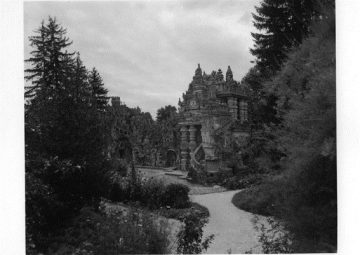Robert DOISNEAU 1912-1994
Robert Doisneau was born in Gentilly in 1912. An advertising photographer, reporter and then freelance photographer, he was one of the most prolific contributors to the magazine Le Point. In 1946 he joined the Rapho photography agency and from 1948 to 1953 he worked for Vogue. In 1947, he joined the “Groupe de XV”, which sought to promote photography as an art form. He produced numerous reports on a variety of subjects, including current affairs in Paris, the provinces, foreign countries (United States, Yugoslavia, USSR, etc.) and working-class Paris. Stubbornly on the move in search of furtive moments, he describes himself as a “patient passer-by” who always maintains a certain distance from his subjects. His photographs, very often in black and white, capture tiny, tender and nostalgic moments of happiness. Although often regarded as benevolent, his art is also marked by a certain depth of reflection. He died in Montrouge in 1994.
During his lifetime, his work was published in numerous magazines, including Life, Paris Match, Réalités and Point de vue. During the Rencontres d’Arles Festival in 1986, his work was featured in the exhibition De Vogue à Femmes, Robert Doisneau. He also presented a retrospective of his work at Modern Art Oxford (England) in 1992. A world-renowned artist, numerous exhibitions have retraced his career since his death. In 2020, the exhibition Bâtisseurs Chimériques (Chimerical Builders) at the Palais idéal will present an unprecedented display of Robert Doisneau’s photographs taken in Hauterives.
Visite du Palais Idéal 1953
In his photograph Visite du Palais idéal, the artist captured the naive architecture and its vegetation. The photographer seems to have admired the work of the postman, since several shots show the monument and the Tomb of Silence and Endless Rest, first in 1953, then in the 1970s. Here, the shot shows the east facade of the palace and the corner of the north facade. You can see the jagged lines of the palace, its towers and Egyptian pillars. As if hidden from the tall trees, the building seems to be revealing a secret aspect of itself at this very moment. At the centre of the composition, a sandy pathway appears, inviting us to take a step further, to marvel at what we have seen.

